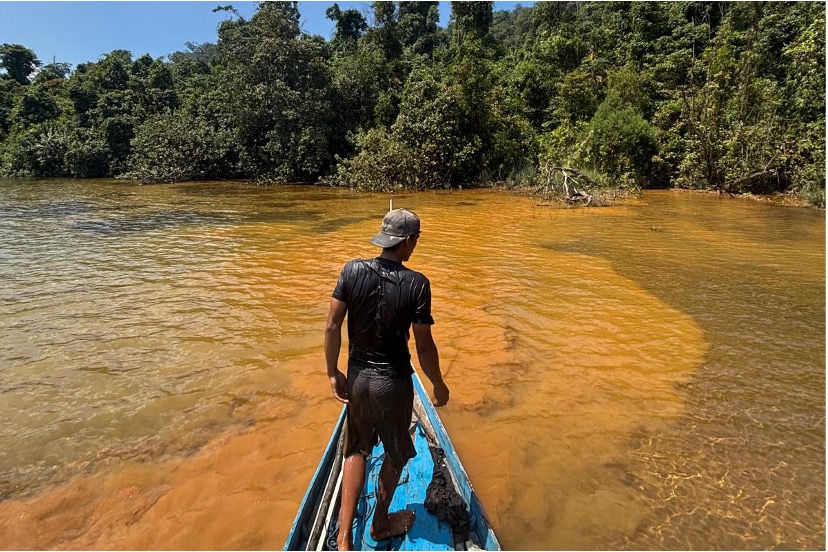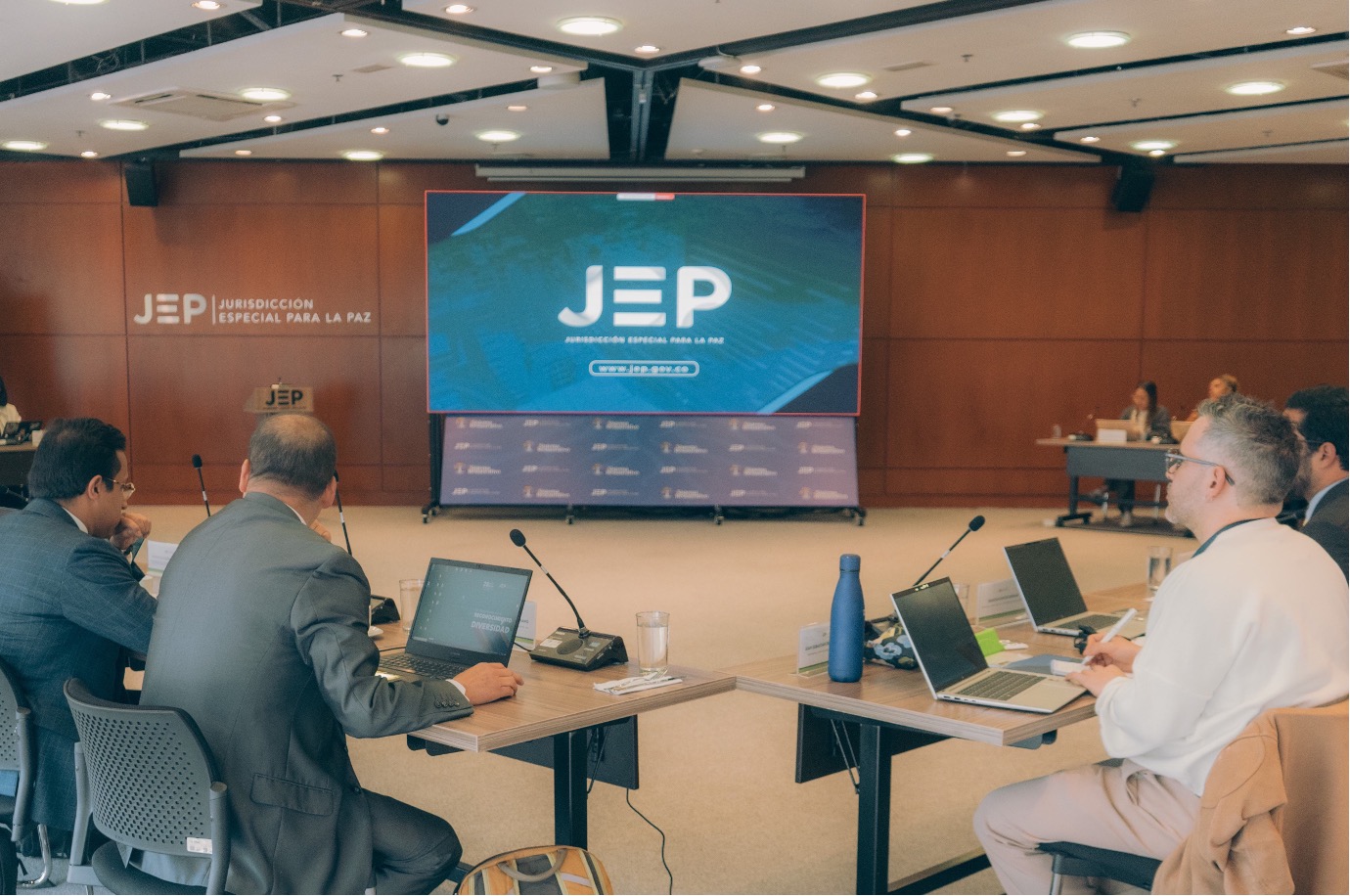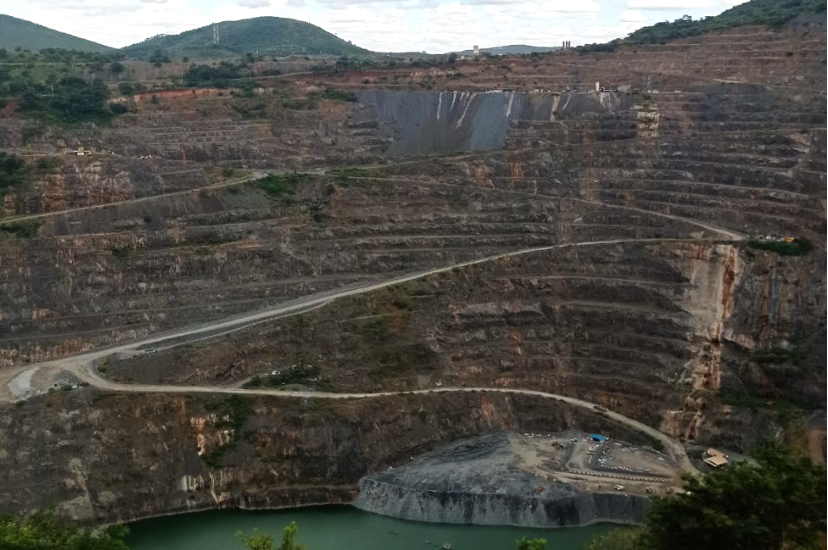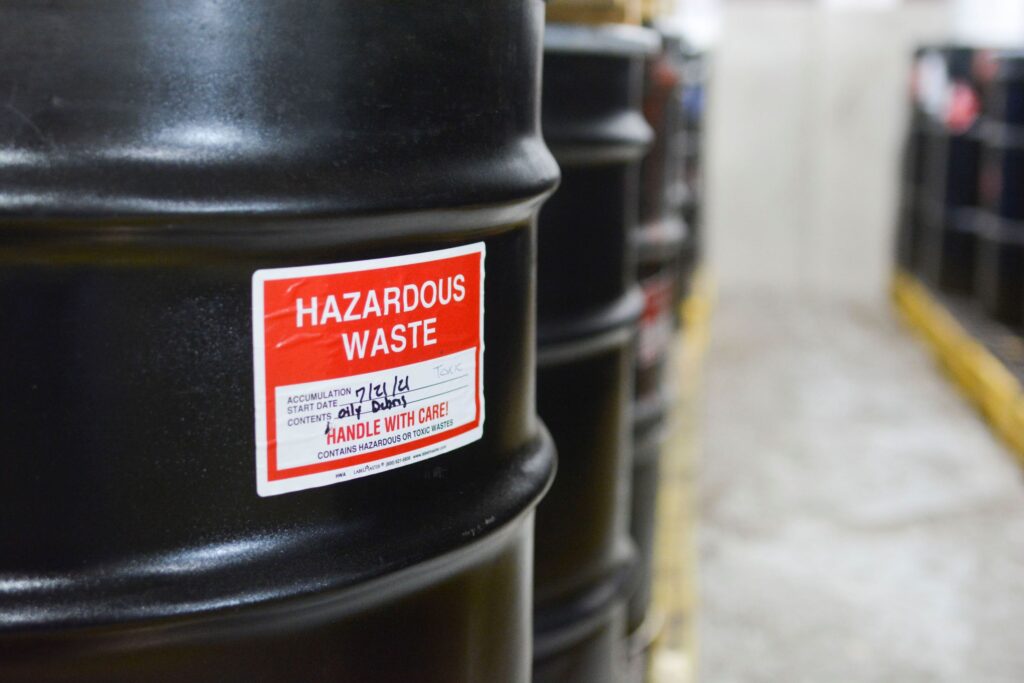At Source International, we travel to some of the most polluted areas of the world to take the scientific evidence that proves companies are causing severe health problems in nearby communities and lasting damage to the environment.

Cerro de Pasco is one of the most polluted places on Earth. Source International has been performing studies and working with community members since 2008 to show the severe health damage and environmental consequences of the mine, and to protect the human rights of the community.
read storyThe project supports local communities affected by nickel mining and associated industrial pollution and aims to promote corporate accountability in the global EV supply chain. In collaboration with Friends of the Earth Japan and WAHLI.
read story

This project aims at training Colombia's prosecutors and judges to investigate environmental crimes committed during the 50-year armed conflict. In collaboration with the Nuremberg Academy.
read storyThis project aims to generate independent data to protect human rights and the environment in the gold-rich region of North Mara, where industrial mining has a long legacy of environmental and human health impacts.
read story

This project strengthens the capacity of customs and regulatory agencies across 12 Caribbean countries to identify and manage the trade of hazardous chemicals.
read storyThis projects aims to provide 40 teachers and at least 200 citizens with practical tools to enhance their emotional resilience, adopt a more sustainable lifestyle, and strengthen their local network – all of which are strategies to fight eco-anxiety. In collaboration with Centro Libenter and Italia Che Cambia.
read story

We conducted an investigation to assess the environmental impact of illegal gold mining along the fluvial communities of the Esmeraldas, in Northern Ecuador. In collaboration with Fundación Manos de Dios Redentor, Acción Ecológica, and the Organized Crimes and Corruption Reporting Project.
read storyThe project engages the entire community of Val Pennavaire – including children – in the co-creation of sustainable tourism routes across Piedmont and Liguria that will serve as an example of a model of conscious, zero-impact tourism.
read story

The project aims at raising awareness among the Val Ferret visitors and residents on the conditions of local Alpine glaciers. By collecting scientific and emotional data via a citizen science approach, participants will reflect on the importance of individual actions for glaciers' preservation.
read storyThis project involves 180 primary and middle school students in Piedmont in an educational journey on biodiversity. The students will also plant a new forest with local species as a climate change mitigation measure.
read story

Born as a follow-up of our 2023 initiative, this project aims to strengthen participatory monitoring of water resources in the Apuan Alps, which are strongly impacted by the marble extraction industry.
read storyERICA develops a new methodology and tools to train local citizens for monitoring the socio-environmental impacts of the fossil fuels industry. It equips communities to gather, evaluate, and utilize environmental data, promoting evidence-based policies and actionable knowledge.
read story.jpg)

In collaboration with Forest Peoples Programme we conducted an investigation to ascertain whether sugar cane is illegally cultivated near rivers and perfomed an analysis of the supply chain to determine its destination.
read storyDemocracy and capitalism need to be rebalanced. This European Horizon Project seeks to provide new insights, resources, events, and learning materials to help foster a rebalancing of capitalism and democracy.
read story

The Cochamó Valley is a beautiful area in the Chilean Patagonia. In collaboration with our partner Friends of Cochamó and the local communities, we are restoring trails to promote sustainable tourism and protect this territory against extractive projects.
This citizen science project aims to reduce indoor radon levels through measurement of exposure and increased awareness of radon risks and mitigation measures in houses and working places in Abbadia San Salvatore, one of the most radon-affected municipalities in Italy.
read story
This project involves 250 students of primary and secondary schools in Piedmont on an educational journey about drought and the importance of protecting water resources.
read story

This "bottom-up" citizen science project aims to monitor water quality in the Apuan Alps, which are impacted by marble extraction activities, and ask the institutions for urgent policies to protect water resources.
read storyOne of our first studies provided major evidence for the Inter-American Commission of Human Rights enacted in 2010, which ordered Guatemala to require the company to improve the safety of their extractive operations.
read story

The San Martin mine was releasing heavy metals into the water consumed by nearby communities in Honduras. A study by Source International was used when the Supreme Court of Honduras ruled mining laws unconstitutional and required more regulation
read storyAn open pit mine near the community of Carrizalillo in Mexico was polluting the water and increasingly damaging the health of miners and residents. In 2012, delegates from Carrizalillo presented this severe health damage to the International People’s Court of Health, with the help of Source International. GoldCorp paid $50 million in damages to the community of Carrizalillo for misuse of land and pollution.
read story

In both Ult and Buuruljut valleys nomadic herders are deprived of their traditional land and resources of grass and water because of illegal mines. After Source International's investigation on the human rights abuses, the leader of the local movement Muckhbayar Tzetzegee was freed from jail, where he was convicted for his activism. The Buruljult valley was declared protected.
When locals of Lakardowo, Indonesia complained of illegal pollution from an industrial waste processing plant, Source International investigated heavy metals in the water, soil, and rice. We found high concentrations of heavy metals, especially in the soil in which local crops are grown. This pollution is the likely explanation for the health problems community members are experiencing. Our findings are being used to lobby the government to hold the plant accountable.
read story

The case of the Madre Viaja river is representative of the environmental and social impact of water and land hoarding by agribusiness companies. The reduction of water flow is causing irreversible damage to the ecosystem and bringing local communities into poverty. Together with our local partner Utz’Che we are trying to denounce the companies in order to stop the deviation of the river.
Two open pit mines near communities in Moatize, Mozambique, are releasing huge amounts of dust into the air and water, taking the water that local communities depend on, and causing deforestation in the area. This is leading to health problems and conflict. Source International studied the air and water, and trained local residents on how to monitor the mines’ environmental impacts so that they will have the evidence they need to take action.
read story

Source International is expanding its communal monitoring system to the textile industry. The apparel industry is recognized as the second highest polluting industry worldwide. Cotton production alone uses 10% of the world’s pesticides. Starting with the community monitoring system, Source International’s ultimate goal is to change the way in which textiles are produced by incentivizing environmental accountability.
The Firestone Natural Rubber Company, Africa’s largest producer of natural rubber, won the Public Eye Award for “irresponsible corporate behavior” at the World Social Forum in Davos, Switzerland in 2007. Source International performed the first independent, open-access study on Firestone’s environmental impact and found that its pollution posed a significant danger to the health of local communities.

We provide local communities with high-level scientific studies. We use the best instruments and the best methodology to perform analysis of water, sediments, air and biological samples (blood, hair, nails). We analyze social implications scientifically, through direct observation, quantitative and qualitative questionnaires and external analysis.